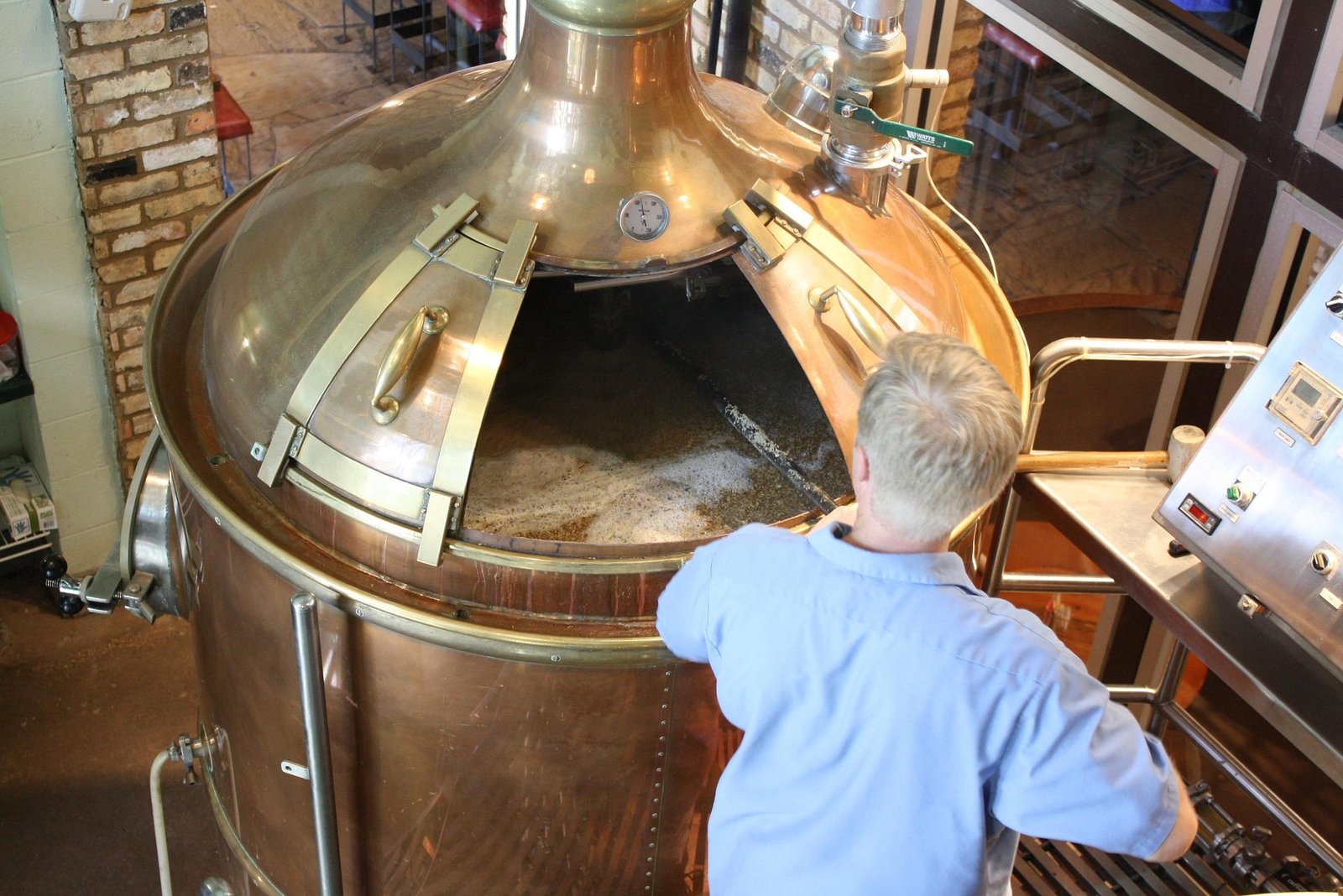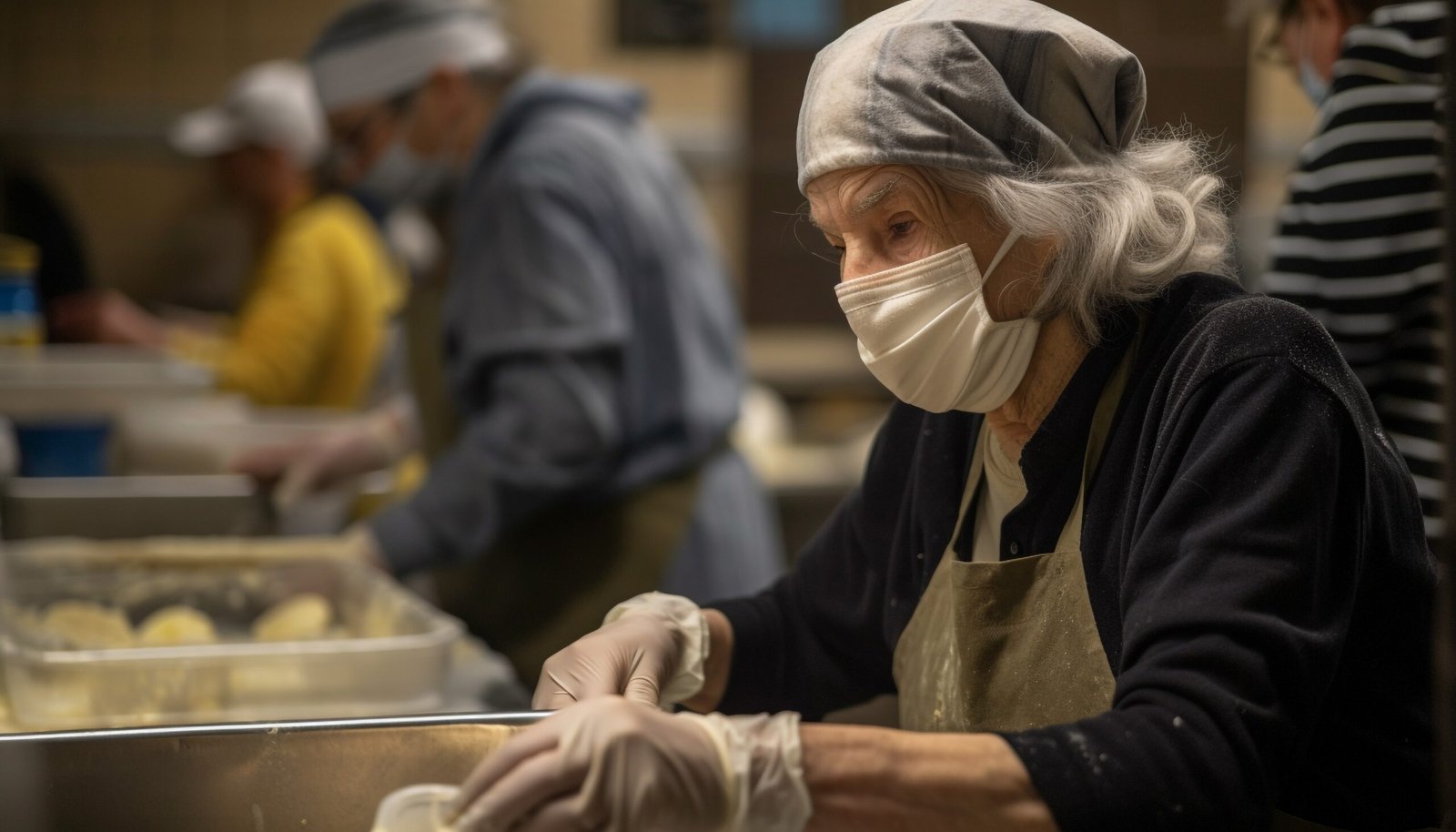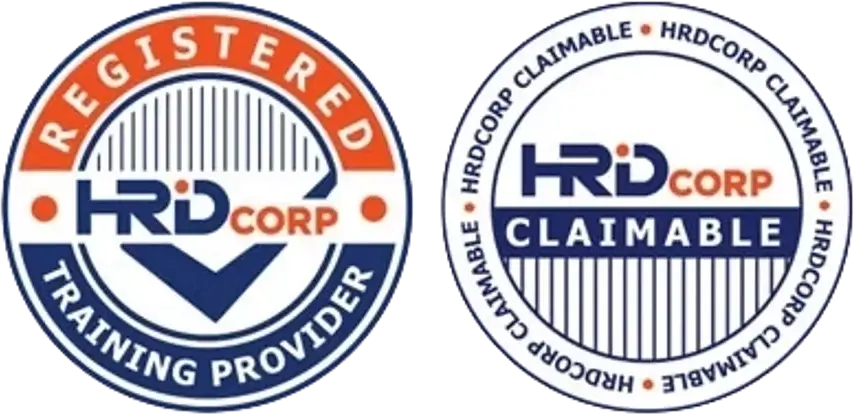How Do You Link PRPs, OPRPs, and CCPs in an ISO 22000 System?
If you’re implementing or maintaining an ISO 22000 Food Safety Management System (FSMS), understanding the link between PRPs, OPRPs, and CCPs is essential. These three categories are the backbone of hazard control in any ISO 22000-certified facility.
But how do you define, differentiate, and link them correctly in your system?
Here’s a clear breakdown.
🔍 What Are PRPs, OPRPs, and CCPs?
1. PRPs (Prerequisite Programs)
-
Basic conditions and activities necessary to maintain a hygienic environment.
-
Aim to prevent contamination from external sources.
-
Applied across the facility regardless of specific products.
2. OPRPs (Operational Prerequisite Programs)
-
Specific control measures to prevent or reduce food safety hazards to acceptable levels.
-
Not as critical as CCPs but still require monitoring.
-
Based on hazard analysis outcome.
3. CCPs (Critical Control Points)
-
Steps where control is essential to eliminate or reduce a food safety hazard to an acceptable level.
-
Requires critical limits, monitoring, corrective actions, and verification.
✅ How to Link PRPs, OPRPs, and CCPs in ISO 22000
Step 1: Establish PRPs First
-
Implement general hygiene and sanitation programs:
-
Cleaning & disinfection
-
Pest control
-
Supplier approval
-
Employee hygiene
-
Water and air quality control
-
-
Based on ISO/TS 22002-1 or relevant sector-specific guidance.
Step 2: Conduct a Hazard Analysis
-
Identify biological, chemical, and physical hazards.
-
Assess likelihood and severity.
-
Use a decision tree or risk matrix to evaluate significance.
Step 3: Classify Control Measures
-
Ask:
-
Is this hazard controlled by a basic PRP?
→ If yes, record it under PRP. -
Is more specific control needed at a process step?
→ Consider it an OPRP or CCP.
-
-
Evaluate:
-
Is failure likely to lead to unsafe food?
-
Can the step be monitored and corrective action taken?
-
Is it essential for safety?
-
Step 4: Define OPRPs
-
Controls applied at specific steps, such as:
-
Sieve checks for foreign objects
-
Metal detector operation
-
pH checks in fermentation
-
-
Must include:
-
Monitoring procedure
-
Acceptable parameters
-
Corrective actions
-
Step 5: Identify CCPs
-
Controls that cannot be replaced by other measures and must meet critical limits:
-
Cooking time/temperature
-
Pasteurization
-
pH in acidification for safety
-
-
Must include:
-
Critical limits
-
Real-time monitoring
-
Immediate corrective actions
-
Validation & verification steps
-
Step 6: Document Everything Clearly
-
Create a hazard control plan that links:
-
Process step → Hazard → Control measure → PRP/OPRP/CCP
-
-
Use tables, flowcharts, and visual tools for clarity.
📌 Key Differences at a Glance
| Feature | PRP | OPRP | CCP |
|---|---|---|---|
| Scope | General facility-wide | Specific to process steps | Specific to process steps |
| Type of Control | Preventive (indirect control) | Specific, measurable | Critical, measurable |
| Monitoring Requirement | Usually documented checks | Yes (routine monitoring) | Yes (continuous or batch-based) |
| Critical Limit Required | ❌ | ✅ (acceptable range) | ✅ (critical value) |
| Example | Handwashing SOP | Metal detector test | Pasteurization temperature |
❗ Common Pitfalls to Avoid
-
❌ Confusing PRPs with OPRPs due to lack of hazard analysis
-
❌ Missing monitoring procedures for OPRPs
-
❌ Failing to validate CCP critical limits
-
❌ Overusing CCPs when PRPs or OPRPs are sufficient
-
❌ Not linking your control measures in the food safety plan
🏁 Final Thoughts
To build a strong, audit-ready ISO 22000 system, you must clearly distinguish and correctly apply PRPs, OPRPs, and CCPs. These controls work together to form a complete food safety net—from general hygiene to process-specific hazard elimination.
When implemented and linked properly, they:
-
Ensure product safety
-
Reduce compliance risk
-
Improve operational clarity
-
Help meet GFSI-recognized certification standards
Need help with hazard analysis or building your food safety plan?
At CAYS Scientific, we help food businesses across Malaysia design and document practical, ISO 22000-compliant control systems. Contact us to ensure your PRPs, OPRPs, and CCPs are done right.




